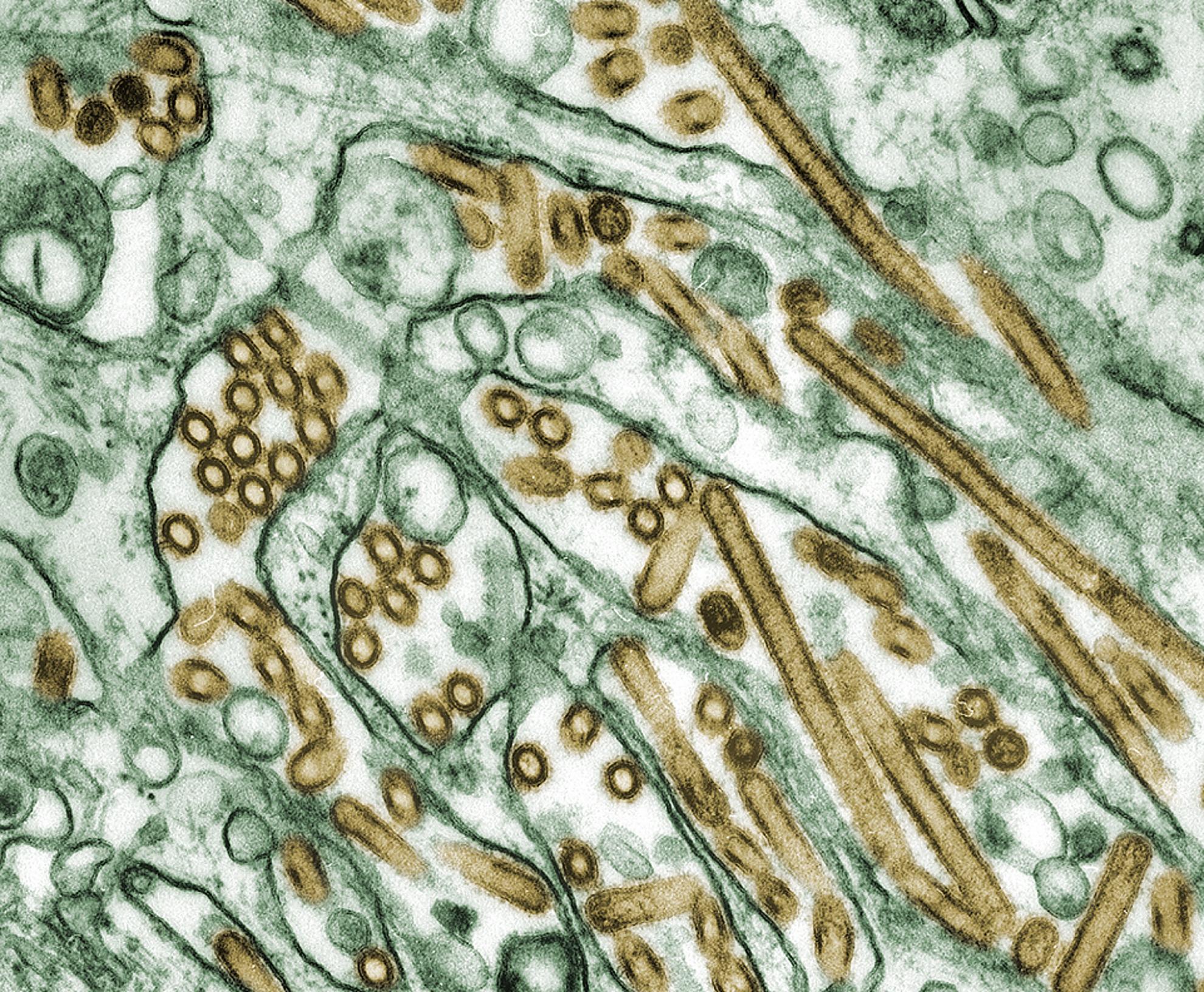An influenza reassortant with polymerase of pH1N1 and NS gene of H3N2 influenza A virus is attenuated in vivo
Influenza viruses readily mutate by accumulating point mutations and also by reassortment in which they acquire whole gene segments from another virus in a co-infected host. The NS1 gene is a major virulence factor of influenza A virus. The effects of changes in NS1 sequence depend on the influenza polymerase constellation. Here, we investigated the consequences of a virus with the polymerase of pandemic H1N1 2009 acquiring an NS gene segment derived from a seasonal influenza A H3N2 virus, a combination that might arise during natural reassortment of viruses that currently circulate in humans. We generated recombinant influenza viruses with surface HA and NA genes and matrix M gene segment from A/PR/8/34 virus, but different combinations of polymerase and NS genes. Thus, any changes in phenotype were not due to differences in receptor use, entry, uncoating or virus release. In Madin-Darby canine kidney (MDCK) cells, the virus with the NS gene from the H3N2 parent showed enhanced replication, probably a result of increased control of the interferon response. However, in mice the same virus was attenuated in comparison with the virus containing homologous pH1N1 polymerase and NS genes. Levels of viral RNA during single-cycles of replication were lower for the virus with H3N2 NS, and this virus reached lower titres in the lungs of infected mice. Thus, virus with pH1N1 polymerase genes did not increase its virulence by acquiring the H3N2 NS gene segment, and MDCK cells were a poor predictor of the outcome of infection in vivo.
Back to publications
